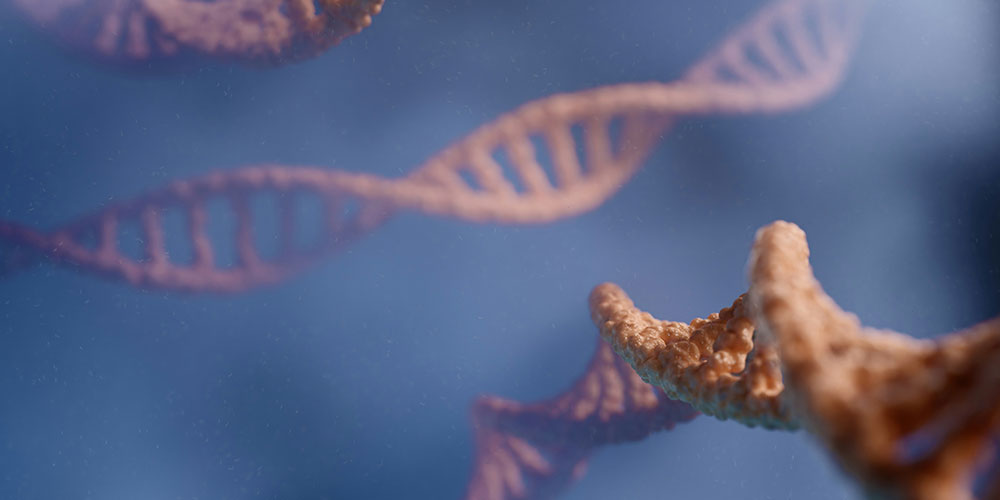Alcohol, a universal part of social gatherings and relaxation, has a profound impact on our bodies. According to a 2022 study, about 84.1% of people aged 18 and above have reported drinking alcohol at some point. But have you ever wondered how long alcohol stays in your system?
Alcohol metabolism, the process by which the body breaks down and eliminates alcohol, varies from person to person. Understanding how long alcohol stays in your system is crucial for responsible drinking, legal considerations, and managing alcohol withdrawal symptoms.















